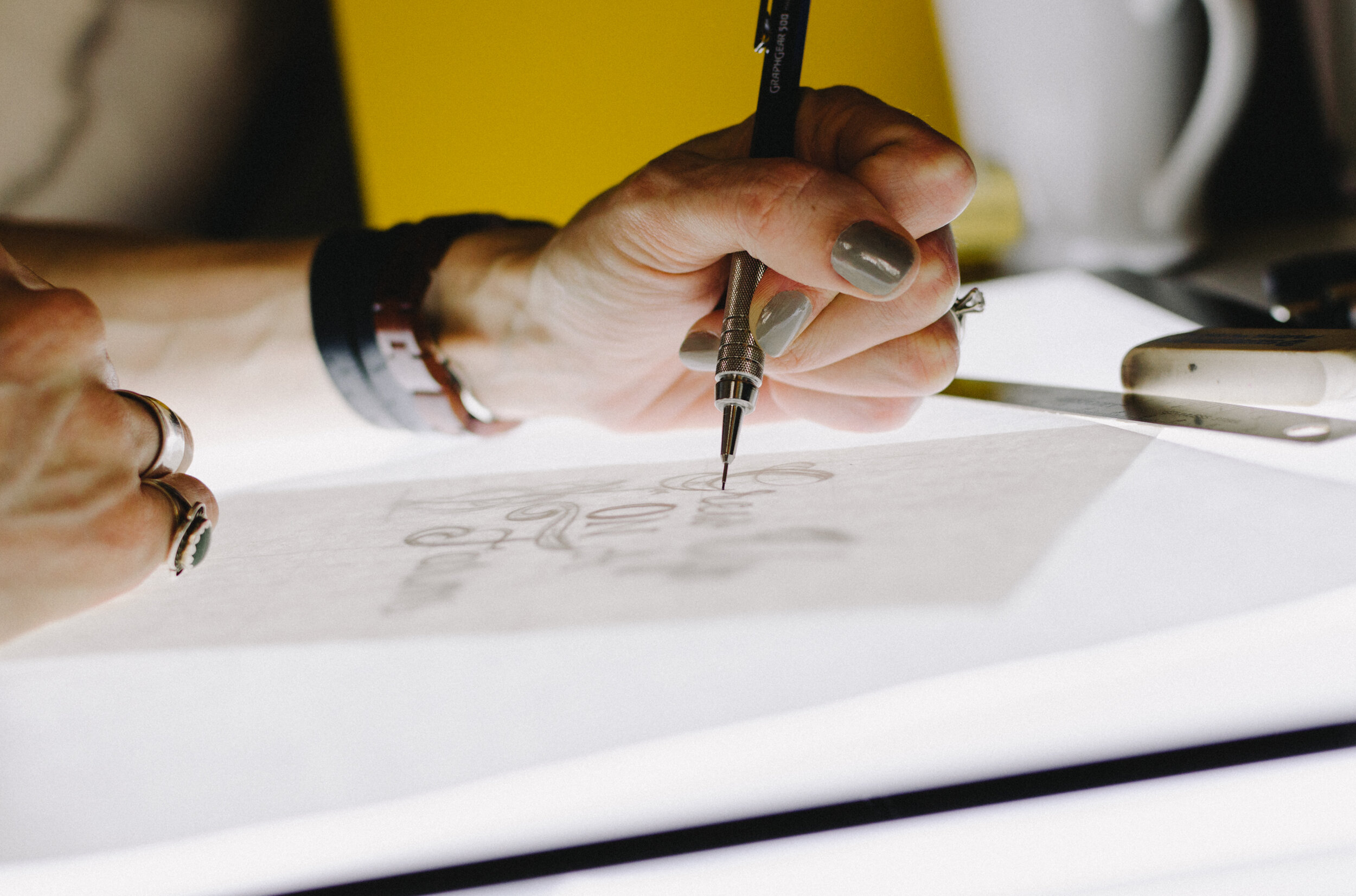How to Create an Art Portfolio
Are you a student who aspires to major in the arts? Join us as we give you advice on submitting your portfolio to colleges and universities.
Creating an Art Portfolio for College Applications
If you are beginning your college applications, you’ll know that you will need to submit application essays and letters of recommendation, however, if you are applying to an art program, you will also need to submit an art portfolio. Your portfolio is the most crucial part of the application process for those looking to enter a creative arts program. If you want to get into an art school you will need to submit an outstanding portfolio. Join us as we discuss what an art portfolio is, what art programs are looking for in a portfolio, and how to create an art portfolio.
An Art Portfolio is:
Various personal artistic materials curated to be presented to an admissions team for acceptance into an art program. This work can include drawings, 2D/3D animation, singing, song writing,poetry, and other multiple art forms. Your portfolio will decide if you are a good fit for the specific school and program you are applying to. Art portfolios are often a requirement to apply at many colleges and universities around the nation. Materials in the portfolio can range from different specialty areas such as:
Apparel Decision
Architecture
Art Education
Art History
Ceramics
Film
Fine Arts
Graphic Design
Interior Design
Painting
Photography
Printmaking
Sculpture
Writing including
Poetry
Fiction writing
Screenwriting
Songwriting
However, not every student applying to these programs will need to create a portfolio so always double-check the requirements before committing.
What should I include in my portfolio?
Simply put, schools are interested in admitting students who create memorable art. The following qualities are kept in mind when admission officers are making their decisions:
Technical Ability- Admission officers are looking to see how good you are as an artist. Technical ability consists of the student having the skill to hone certain art principals. Your portfolio can not have any mistakes. Art Schools want to see physical examples of your artwork.
Variation and Adaptability- College admission officers want to see which students can adapt their skills to different fields in the art. Being adaptable and having a variety of art is a huge plus that admission officers look for. Students should not be afraid to experiment with different art forms. Students that use different forms show their willingness to learn.
A Distinctive Style Unique to You - Your art portfolio should be based on your unique personality and life experiences. Develop artwork that is uniquely YOU, that you love to create, and shares your vision; these will help you stand out from other applicants. Your artistic skills will not mean anything if you mimic others’ portfolios.
Developing your Art Portfolio
First and foremost, develop a timeline that will help you get your work together in a timely manner. The process of creation can be a timely process so students should give themselves at least a year to curate their portfolio. Spend additional time researching the requirements of the art programs you are interested in and pay close attention to what they are asking for. If you don't follow all their instructions, they will not accept you. View previous artwork. Viewing previous portfolios of other students can give you some added inspiration. To receive feedback do not be afraid to talk to your art teacher or close friends. Search the internet or Google "art portfolio examples" if you do not have anyone in your network who has submitted a portfolio recently. Use previous portfolios as a way to steer yourself in a specific direction but never seek to use someone else’s material or copy the work in any way. Use your experience as a way to develop your unique portfolio.
Selecting Your Artwork
You will need 10-20 art pieces to develop your art portfolio. These pieces can be work you have done in school or they can be pieces specifically created for the art portfolio. Choose the work that best represents you.
Some schools request that your pieces should be work that you recently completed. If this is the case, then the artwork you choose should have been created within the last year or few months. Your recent work is most likely to be your very best.
Important qualities for your art portfolio:
Variation of skill- Some programs want students to focus on submitting the art form they plan to study, while others are interested in seeing multiple diverse art forms. If you choose to submit one art form then be sure to show that how that specific style can be used in different ways. If you choose to submit a variety of art forms, then share a portfolio with diverse skill sets. This can include still photo, drawing, photoshop, or your use of different tools. The more skills you can showcase in your portfolio, the more impressed admissions officers will be.
Add artwork that uses direct observation- Students should consider curating pieces that use direct observation such as architecture, still forms, landscapes, etc. It’s really anything that is visually appealing . Direct observation requires a lot of skill and can be considered more difficult to create well. Art programs may be more interested in direct observation because of the level of detail required to create it. Admission officers often want to see how you depict the world around you. Some students choose not to include direct observation pieces in their portfolio, but doing so may help you stand out. Again, if you include several direct observations, then you can choose a variety of artforms other than just drawings.
Display Individuality- Your work should not be a duplicate of another's work. Your portfolio should be based on your own creativity and life experience. Your work should show what makes you different from other students. Developing high quality original work is a great way to stand out from other portfolios the school receives.
There are numerous ways to show your uniqueness in your art portfolio so be creative and use your imagination. For example, you can show a theme across your pieces or display your pieces in a unique way. We hope you have completed enough pieces that have allowed you to develop your skill(s) in a particular area. Whether it is creating abstract paintings, photoshopping, drawing, or photography, create what you know you can do well. Having a style will help you stand out.
The Last Steps to Follow- Your portfolio should be error-free. Students should include their name, name of the school, the date, a title and a description of the piece. Within the application, it will often require a short description of what the piece is about for you. Here are some steps to consider before you submit your portfolio:
Do not take photos on a phone. If you do not have a high-quality camera, ask your art teacher if they have one you can borrow.
The picture may need editing so that it shows the artwork at its best. Crop your photos correctly as most schools require you to show the photograph edges.
Your art work should be clearly seen.
Glare should not be seen in any photos.
Your art work should be transferred with no damage, and dry.
Get rid of the frames for viewing.
Mailing your portfolio is an alternative option. Use it if the school requires you to create a piece for them.
Don’t be afraid to ask for criticism
Ask other people for their opinions on your art pieces. Ask for feedback as you create your portfolio. Three of the best sources for receiving feedback are:
An Art Instructor
One of the first people you should ask is your art instructor. Art teachers may have created portfolios in the past. They can help you select pieces that will impress college officers. Feedback can range from looking at your artwork to making suggestions.
National Portfolio Days
National Portfolio Days take place around the country at various undergrad and grad schools. Students can learn different art skills in addition to showing their work to receive feedback from a spokesperson at art schools and colleges. Students can potentially receive constructive criticism from schools you want to apply to and ask them questions about the requirements.
People close to you
Do not feel ashamed talking to your parents, family members, and friends. Tell them to give you constructive criticism on your artwork. You have to feel confident showing your portfolio to other people.
Students should attend this as a junior, then as a senior, when you have made progress on the portfolio.


